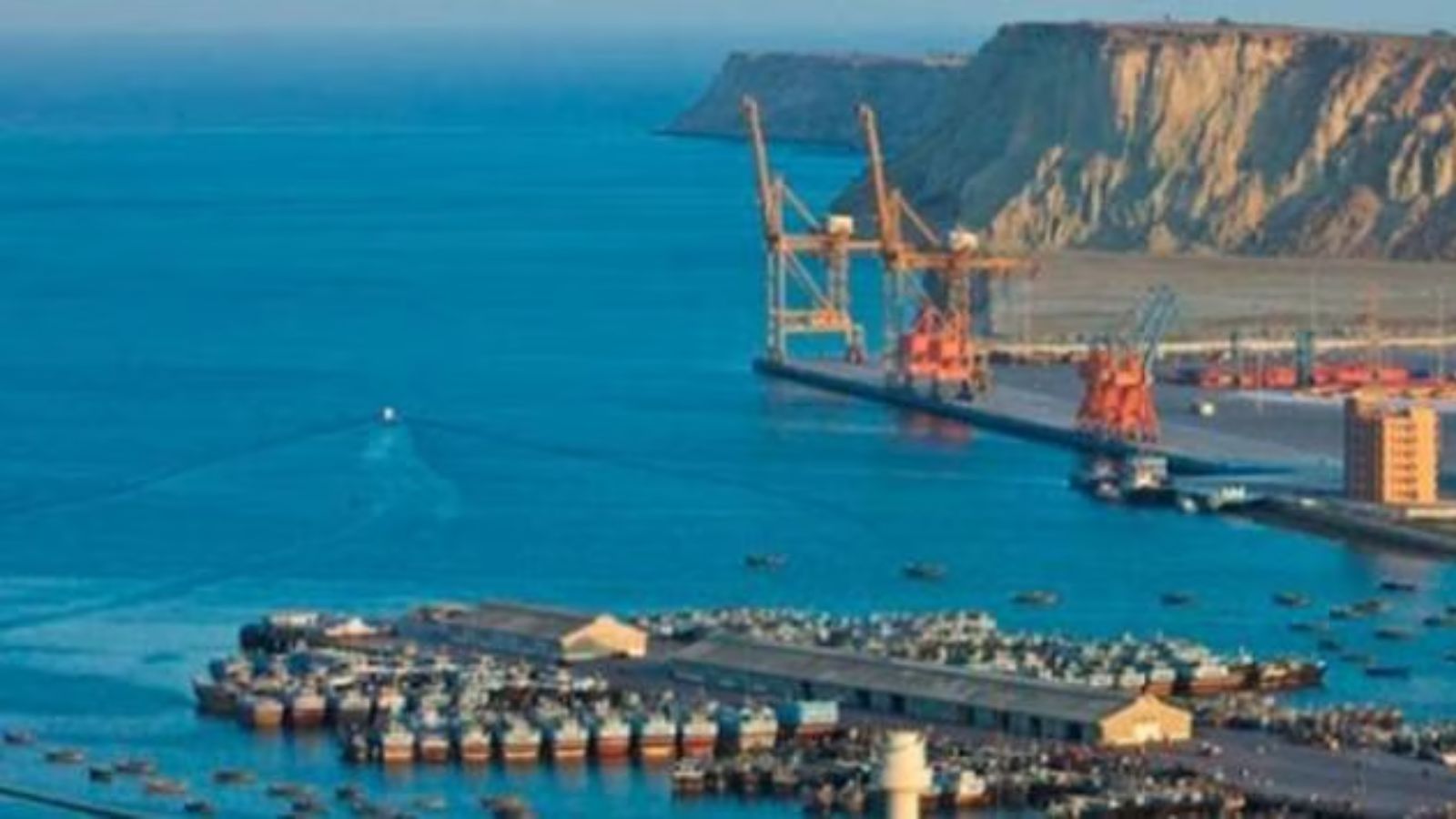The past few weeks have shown that the reports of the death of China’s Belt and Road Initiative (BRI) are greatly exaggerated. Three developments underscore this:
First, in mid-November, Chinese President Xi Jinping inaugurated the $3.6 billion Chancay Port in Peru. The port is expected to have a significant impact in reshaping global trade flows. Second, in early December, during the visit of Nepali Prime Minister K P Sharma Oli to Beijing, China and Nepal signed the long-discussed BRI implementation framework agreement. Although both sides are likely to continue to wrangle over modes of financing, the agreement does indicate that there will be an uptick in infrastructure and energy projects. The joint statement touched upon the need for forward movement on several projects. Nepal has also reportedly identified 10 priority projects to be discussed under the framework agreement.
Finally, in the first week of December, the Communist Party of China (CPC) held its fourth symposium on BRI. Addressing the gathering, Xi argued that BRI continued to remain critical to China’s global strategy. On the net, he assessed that opportunities for the implementation of BRI still outweighed the challenges. However, he did hint at the need for policy adjustments. The pivot that Xi desired from Chinese planners and policymakers was to find the correct balance between enhancing the sense of gain of partner countries and doing what is beneficial to China, while also effectively safeguarding the security of the country’s overseas interests. In other words, despite the talk of diminished interest from Beijing after a decade since it was first announced, BRI continues to remain an important part of China’s global engagement. In fact, it is among the four pillars of Xi’s vision for the world order — the goal of building a community with a shared future for mankind.
That said, there are significant changes underway in terms of how BRI projects are being implemented.
First, there is an evident shift in terms of the sectoral focus of BRI projects. In his remarks at the symposium, Xi called for efforts to coordinate projects related to “hard connectivity” in infrastructure, “soft connectivity” in rules and standards, and “people-to-people connectivity” with the populations of participating countries. He added that there should be a balanced advancement of major landmark projects and “small but beautiful” livelihood projects, consolidation of cooperation in traditional fields, and steady expansion into emerging areas.
If one looks at BRI projects, while there are still a significant number of infrastructure projects that are being carried out, sectoral priorities appear to be shifting. Earlier this year, a report by the Griffith Asia Institute at Griffith University in Australia and the Green Finance & Development Center at the Fanhai International School of Finance at Fudan University in Shanghai found that as of 2023, the shares of energy and transport sectors as a percentage of total BRI engagement have fallen to an all-time low of 30.77 per cent and 15.74 per cent, respectively. In contrast, the shares of metals mining and technology hit an all-time high at 21 per cent and 15.51 per cent. Moreover, even within the energy domain, the focus is increasingly shifting towards green energy. In other words, while large-scale infrastructure projects have not been abandoned, there is greater sectoral diversification today than ever before.
Second, the report also found that the Chinese approach to BRI financing is undergoing significant changes. The cumulative financial commitment under BRI has already crossed $1.053 trillion. More importantly, investments as a share of BRI engagement reached record levels at over 52 per cent. This is indicative of not just greater risk-taking by Chinese private enterprises as opposed to state-owned Enterprises and emphasis on the use of commercial banks as opposed to traditional lending by Chinese policy banks, which characterised financing during the early phase of BRI. Aid Data’s assessment of BRI projects, such as the Chancay Port, concludes that increasingly Beijing is “pivoting from full-recourse sovereign debt transactions to limited-recourse project finance transactions.” This entails the creation of special-purpose vehicles involving entities from China and the host countries. The majority holding in such cases is reserved for the Chinese entity.
This shift is a product of persistent anxiety within Beijing about wasteful spending and strategically counterproductive financing and project choices under the guise of BRI.
Following Xi’s remarks at the BRI symposium, a commentary in the People’s Daily, the CPC’s flagship newspaper, warned that it was important to “act within our capabilities” and not make “empty promises” or “create unrealistic expectations”. In this context, it called for balancing “political, strategic, current, long-term, and economic accounts”, in order to effectively safeguard China’s strategic interests.
most read
Finally, there is evidently an internal discussion underway within China about the aims of BRI and the need to develop better risk mitigation strategies and approaches for securitisation. In part, these concern anxieties around the export of manufacturing capacities instead of shifting them to the lesser-developed central and western regions of China. In part, they are about the risks to China’s growing overseas interests and assets. In this context, it remains to be seen how Beijing adapts to the intensification of volatility in the Middle East and Europe.
If the current trend of upheaval continues, Beijing’s project-specific security approach and that of relying on private actors will likely function like bandaids on bullet wounds. Whether they like it or not, the Chinese leadership will have to intensify official law-enforcement and defence engagement in far-away troubled regions. This, however, will not be an easy shift. Despite its assertiveness on territorial issues, China continues to be a rather risk-averse actor in the security domain.
The writer is chairperson of, Indo-Pacific Studies Programme, The Takshashila Institution


